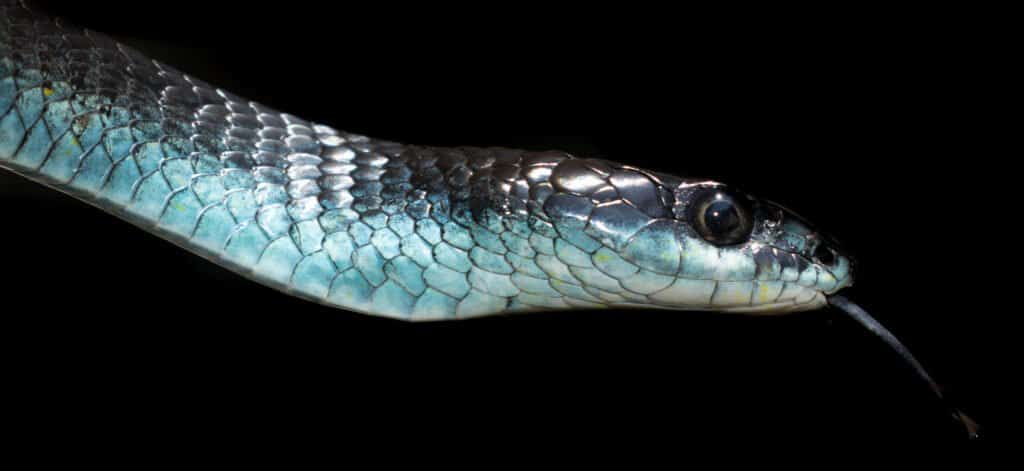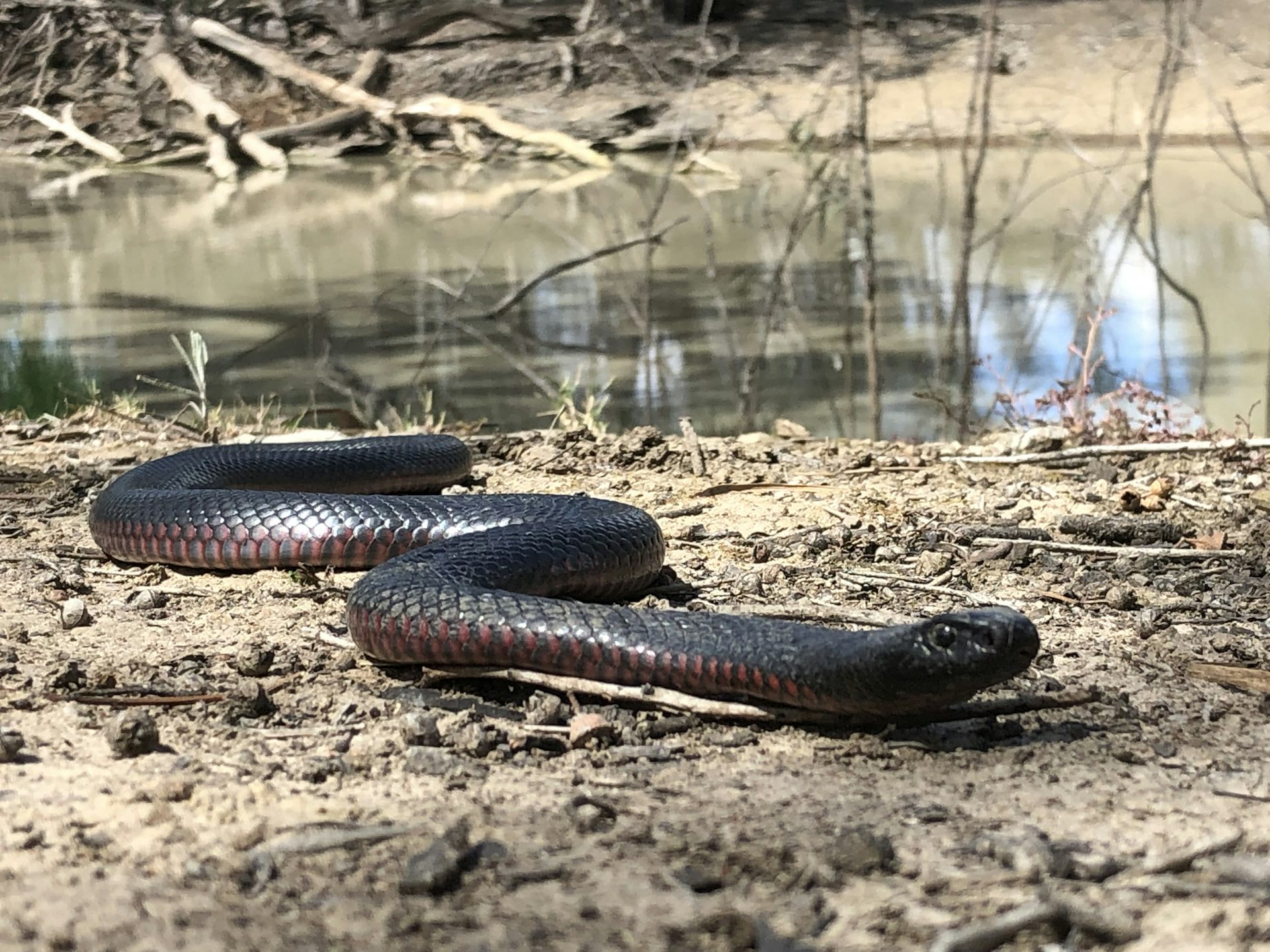Introduction
Tiger serpents are amongst the most widely known and feared reptiles in Australia, widely identified Aggressive Australian snakes for their striking look and potent poison. This short article aims to explore the details of the tiger snake's habitat, distribution, habits, and what one can anticipate when encountering these remarkable creatures. By understanding where to Click for source discover them and how to navigate possible risks, you can value their duty in the environment while ensuring your safety.
Tiger Snake Habitat: Where to Discover Them and What to Expect
Tiger serpents are mostly located in southeastern Australia, consisting of Tasmania, where they thrive in a range of settings. Their adaptability enables them to live in diverse terrains such as coastal regions, marshes, meadows, and also metropolitan locations.
Geographical Distribution of Tiger Snakes
The geographical reach of tiger serpents extends throughout a number of Australian states. They are specifically typical in:
- Tasmania: The Tasmanian tiger snake is one of one of the most acknowledged subspecies. Victoria: Found near water bodies like rivers and lakes. New South Wales: Preferring bushland locations near to water sources. Western Australia: Even more generally seen around swamps and estuaries.
Understanding the geographical circulation is essential for both preservation initiatives and public recognition regarding experiences with these snakes.
Preferred Habitats of Tiger Snakes
Tiger serpents thrive in various habitats. Below are some regular environments where they may be found:
Wetlands: They prefer marshy or swampy locations where they can access victim easily. Coastal Regions: Near coastlines or rocky coastlines offer plentiful food sources like fish and amphibians. Forested Areas: Dense copse uses shelter from killers while giving searching grounds.Behavioral Patterns Connected to Habitat
Understanding tiger snake habits within their habitats is vital for communication monitoring:
- Nocturnal Activity: Tiger serpents have a tendency to be more energetic during golden hours (dusk and dawn), making them harder to spot throughout daytime. Territorial Nature: They show territorial actions; hence, it's critical to respect their room if encountered.
This understanding can help alleviate unwanted communications in between humans and tiger snakes.
Are Tiger Snakes Venomous?
Yes, tiger serpents are certainly poisonous. Their poison includes neurotoxins that can create paralysis and even fatality if untreated.
What Makes Their Venom Dangerous?
The effectiveness of a tiger snake's venom varies relying on numerous factors:
- Geographic location Individual health Quantity injected throughout a bite
Symptoms of a Tiger Serpent Bite
Recognizing signs early is crucial:

- Pain at the bite site Swelling Difficulty breathing
Immediate clinical focus is important if bitten.
First Help for Snake Bites
Knowing first aid procedures can be lifesaving in situation of a serpent bite.
First Aid Steps for Serpent Bites
Stay calmness; keep the damaged location still. Call emergency services immediately. Apply a pressure plaster over the bite site. Keep the private resting till assistance arrives.Following these Australian snake distribution steps can dramatically enhance results complying with a snake encounter.
Where Else Can You Experience Tiger Snakes?
While they're frequently found in their natural habitats, urbanization has actually caused boosted experiences with humans.

Urban Encounters
Tiger serpents may venture right into yards or parks searching for food or water sources.
Precautions When Treking or Exploring
When discovering locations recognized for tiger serpent environments:
- Wear thick boots Stay on paths Be vigilant
Taking these precautions will certainly help minimize dangers while you enjoy nature.
Baby Tiger Snakes: An Unique Perspective on Growth
Just like adults, infant tiger serpents are birthed poisonous but smaller in size.
Characteristics of Infant Tiger Snakes
- Size: Usually around 20-- 30 centimeters when born. Appearance: Sporting activity comparable coloration as adults but may have lighter bands initially.
Understanding their growth aids in valuing their ecological function from infancy onward.
FAQs about Tiger Snakes
1. Are all tiger snakes venomous?
Yes, all varieties of tiger snakes have poison efficient in triggering significant harm.
2. How can I determine a tiger snake?
Look for unique banding patterns varying from yellowish-brown to blackish shades along their bodies; adults normally grow in between 1-- 2 meters long.
3. What ought to I do if bitten by a tiger snake?
Seek prompt medical attention; apply emergency treatment actions as talked about earlier while keeping calm.
4. Do child tiger serpents pose any danger?
Absolutely! Despite their tiny size, child tiger snakes are still poisonous and can supply bites that need major clinical attention.
5. Are there any certain habitats I ought to avoid?
Avoid walking through dense underbrush or near stationary water where problems prefer snake visibility during warmer months.
6. How do preservation efforts affect tiger serpent populations?
Conservation efforts focus on environment preservation which straight affects population security by ensuring enough food sources and risk-free reproduction locations.
Conclusion
In recap, understanding "Tiger Serpent Environment: Where to Find Them and What to Anticipate" not just enhances our understanding about these remarkable reptiles yet additionally enhances our ability to exist side-by-side securely with them in shared environments. From identifying their preferred environments to knowing just how to react effectively if bitten, comprehensive understanding empowers us all-- whether we're wildlife lovers or laid-back walkers-- to appreciate this fascinating element of Australia's natural heritage while prioritizing our safety.
This article acts as an extensive overview on everything related to tiger snake habitats! Whether you're an enthusiastic traveler or someone looking simply for information about these creatures, recognizing how they interact within their ecological communities-- and how we suit that picture-- is crucial!
